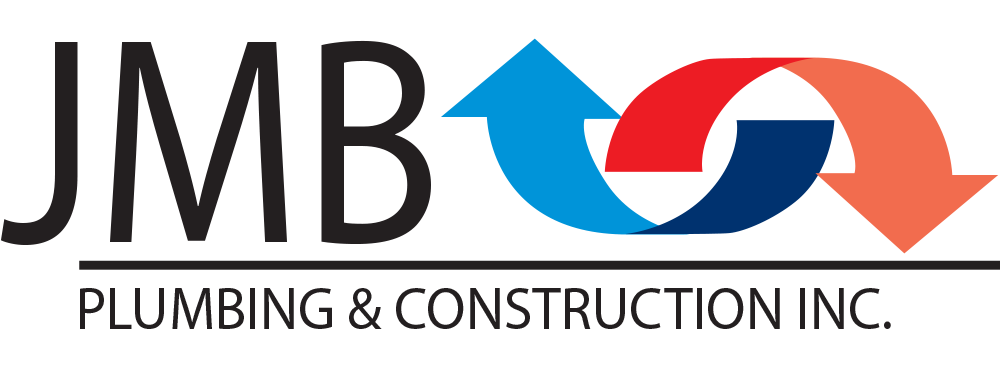Rain-Induced Flooding
Rain-induced flooding is a pressing concern for homeowners, with implications that extend far beyond soggy lawns and waterlogged basements. As climate change fuels more intense and frequent rainfall, understanding the effects of flooding on plumbing systems is paramount.
Urban areas are particularly vulnerable, where overwhelmed drainage systems can lead to sewer backups and contaminated water infiltrating homes. Poorly maintained sewer lines exacerbate the problem, posing health risks and costly repairs for homeowners. These past few seasons, rain-induced flooding has become more common in the bay area and San Jose.
The economic toll of rain-induced flooding on plumbing infrastructure is substantial. From damaged pipes to compromised water quality, the aftermath can be financially devastating.
However, proactive measures can mitigate the risks. Investing in sump pumps, backflow preventers, and sewer line maintenance can safeguard homes against flooding-related plumbing issues.
Look down below to read about some measures you can take to mitigate your risk:
Mitigate your risks
Understand Your Property's Vulnerabilities
Before implementing any mitigation measures, it's essential to understand the specific vulnerabilities of your property. Assess the topography, soil composition, and drainage systems. Identify low-lying areas, potential points of water entry, and any existing drainage issues. This knowledge will guide you in developing a targeted flood mitigation plan.
Install Proper Drainage Systems
A well-designed drainage system is crucial for diverting rainwater away from your property. Ensure that gutters and downspouts are in good condition, free from debris, and directed away from the foundation. Consider installing French drains, swales, or dry wells to manage surface water runoff effectively. Regular maintenance of these systems is key to their continued effectiveness.
Elevate Critical Systems and Appliances
To minimize damage to essential home systems and appliances, elevate them above potential flood levels. Elevating utilities such as electrical panels, HVAC systems, and water heaters can prevent costly repairs and ensure your home remains functional during and after heavy rainfall.
Seal Vulnerable Points
Water can find its way into homes through gaps, cracks, and vulnerable entry points. Seal all potential openings in the foundation, walls, windows, and doors using weatherstripping, caulk, and other appropriate sealants. This will help create a barrier against water infiltration, reducing the risk of flooding.
Invest in Sump Pumps and Backflow Prevention
Sump pumps are invaluable in preventing basement flooding by removing excess water. Install a reliable sump pump and consider adding a battery backup system to ensure functionality during power outages. Additionally, install backflow prevention devices in sewer lines to prevent sewage backup during heavy rainfall.
Landscape for Flood Prevention
Strategic landscaping can play a significant role in preventing rain-induced flooding. Planting native vegetation, creating swales, and installing rain gardens can absorb and slow down rainwater runoff. These features not only enhance the aesthetic appeal of your property but also serve as effective flood mitigation measures.
Build Retaining Walls and Berms
Retaining walls and berms can redirect water away from vulnerable areas, acting as physical barriers against flooding. Properly designed and constructed, these features can enhance the overall flood resilience of your property.
Obtain Flood Insurance
Even with proactive mitigation measures, there's always some level of risk. To safeguard your financial interests, consider obtaining flood insurance. Standard homeowner's insurance typically does not cover flood damage, making specialized flood insurance a crucial investment in flood-prone areas.
Mitigating rain-induced flooding risks requires a combination of strategic planning, investment in infrastructure, and ongoing maintenance efforts. By understanding your property's vulnerabilities and implementing a comprehensive flood mitigation plan, homeowners can significantly reduce the impact of heavy rainfall and protect their homes and valuables from potential damage. It's crucial to stay informed about local weather patterns, adapt to changing climate conditions, and continually assess and update your flood mitigation measures to ensure long-term effectiveness.
Check out this link for more information.

